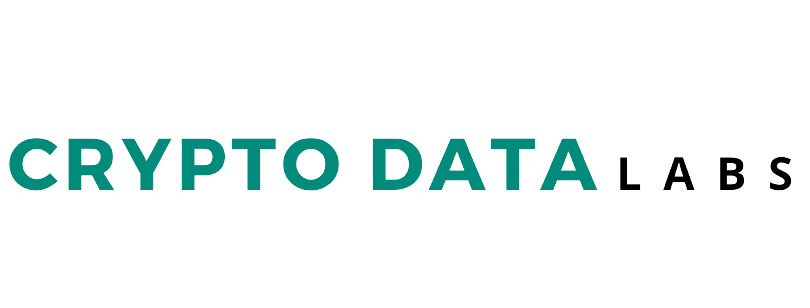Artificial Intelligence (AI) is transforming the way we live and work, much like the printing press or electricity did in their time. However, there’s one major hurdle AI still struggles to overcome: reliability. Despite its incredible ability to generate creative and plausible outputs, AI systems often produce incorrect information due to issues like hallucinations (false or inconsistent outputs) and bias. These errors limit AI’s use in high-stakes, autonomous tasks.
The Mira network presents an innovative solution to this challenge—a decentralized system that verifies AI-generated outputs using blockchain-based consensus mechanisms. Let’s dive into what Mira does and why it’s a game-changer for AI.
The Core Problem: AI’s Reliability Gap
Current AI systems face two primary issues:
- Hallucinations – Outputs that are plausible but factually incorrect.
- Bias – Systematic deviations from accurate data due to skewed training sources.
These challenges create a fundamental trade-off: making AI more precise often introduces bias, while increasing accuracy (reducing bias) leads to inconsistencies. Even fine-tuned AI models struggle outside narrow, predefined scenarios. This leads to a minimum error rate that no single AI model can eliminate, making it unsuitable for tasks requiring high reliability.
Mira’s Solution: Decentralized AI Verification
Instead of relying on one AI model or a centralized authority, Mira proposes a decentralized network where multiple AI models work together to verify outputs. Here’s how it works:
- Breaking Down Content: Mira transforms complex AI-generated outputs into simple, independently verifiable claims. For example, the statement “The Earth revolves around the Sun and the Moon revolves around the Earth” is split into two claims for verification.
- Consensus Mechanism: These claims are sent to multiple verifier nodes (AI models) across the network. Each node independently verifies the claims, and the network uses a consensus process to determine their validity. This distributed approach minimizes errors by balancing out individual model biases.
- Economic Incentives: Verifiers are incentivized to act honestly through a hybrid Proof-of-Work (PoW) and Proof-of-Stake (PoS) system. Nodes must “stake” value to participate, and dishonest behavior results in penalties. This ensures the integrity of the verification process.
- Cryptographic Certificates: Once verification is complete, Mira issues cryptographic certificates that attest to the validity of the verified claims, making them trustworthy and tamper-proof.
Why Decentralization Matters
Centralized AI verification systems often introduce their own biases, reflecting the limitations and perspectives of the entity managing them. Mira’s decentralized approach ensures:
- Diverse perspectives from independent verifiers.
- Resistance to manipulation by any single actor.
- Context-aware verification that accounts for cultural, regional, and domain-specific nuances.
This approach is particularly powerful for verifying outputs in high-stakes fields like healthcare, legal, and financial systems, where errors can have serious consequences.
Mira’s Economic and Security Model
The network’s hybrid PoW/PoS mechanism ensures sustainable and honest verification. Key highlights include:
- Staking and Penalties: Verifiers must stake value, which they risk losing if they act dishonestly (e.g., guessing answers).
- Scalable Incentives: As network usage grows, so does the economic value it generates, attracting more participants and improving reliability.
- Fraud Prevention: By sharding verification tasks and analyzing response patterns, Mira makes it computationally and economically unfeasible for bad actors to manipulate results.
Privacy by Design
Mira ensures user privacy through several measures:
- Sharding: Content is split into small, verifiable pieces distributed across nodes, preventing any single verifier from reconstructing the entire input.
- Data Minimization: Only essential verification details are included in the final certificate, minimizing information exposure.
As the network evolves, these privacy safeguards will extend to even more sophisticated cryptographic protections.
The Road Ahead
Mira’s vision doesn’t stop at verification. Its long-term goal is to create AI systems where verification is built directly into the generation process. This could lead to a new class of AI models capable of delivering error-free outputs in real time, eliminating the need for human oversight.
Additionally, Mira’s decentralized infrastructure has potential applications beyond AI verification. For example, it could serve as a foundation for fact-checking systems, oracle services, and more—turning verified information into an economic asset.
Conclusion
Mira is paving the way for a future where AI can operate autonomously with unprecedented reliability. By combining decentralized consensus with economic incentives, it addresses the core issues of AI reliability while preserving privacy and fostering innovation. This breakthrough could unlock AI’s full transformative potential, reshaping industries and society as we know it.
With Mira, we’re one step closer to an AI-driven world we can truly trust.

